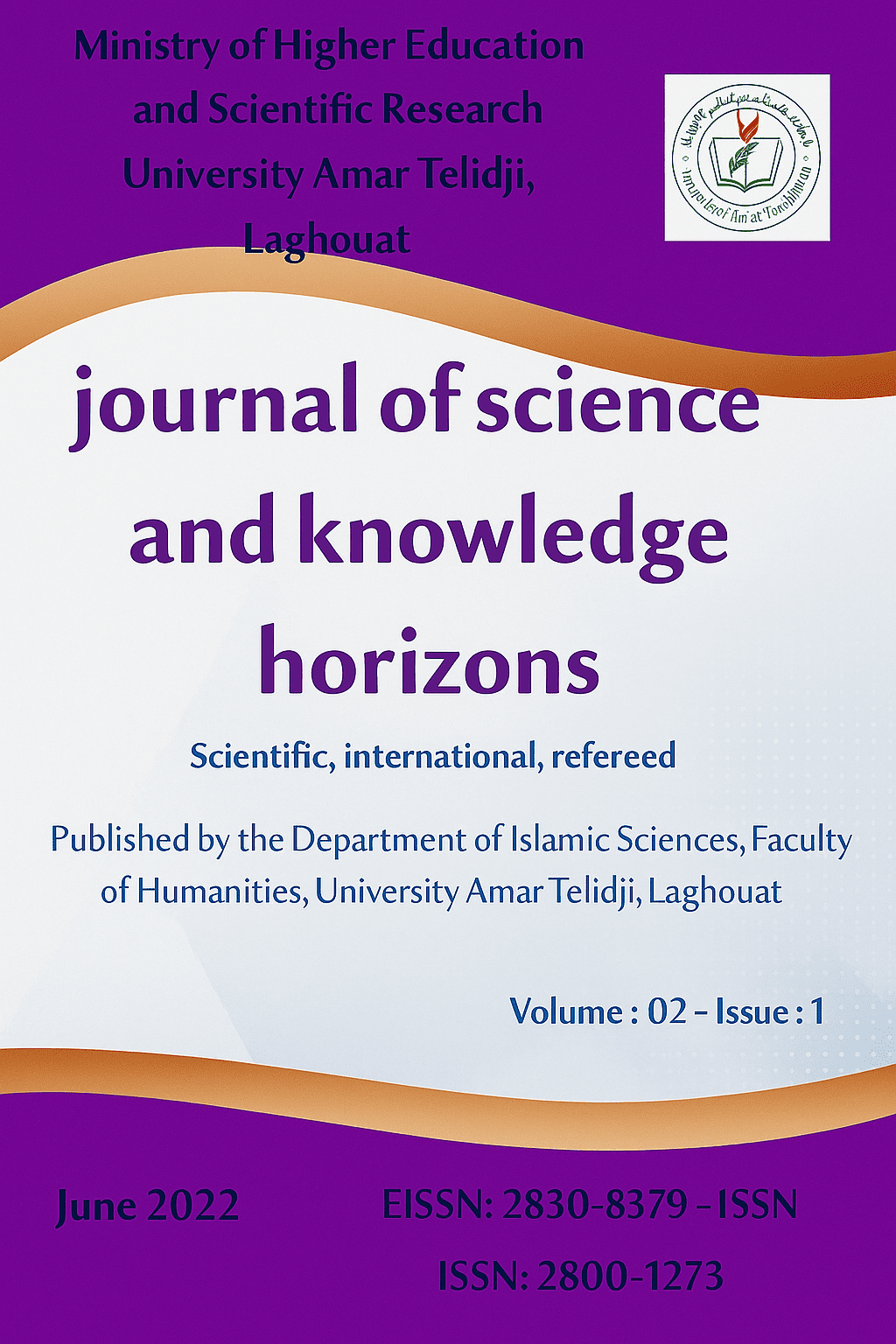Pilgrims and persuasion in ideological discourse
Abstract
We conclude that the relationship between discourse and ideology is one of interrelation and interdependence, since ideological tendencies can only be embodied by linguistic means, that is, through discourse, since it does not there is no discourse without ideology, and there is no ideology without discourse, and it that the ideological discourse includes many arguments according to which it can obtain the influence of the other and persuade him, as well as a set of linguistic errors as a means of delusional persuasion, which is based on the attraction of the recipient's sympathy, and therefore the illusion of the feasibility of an ideological proposition on others.
Speech is therefore a vast field for the practice of pilgrims and persuasion, since speech is nothing but a means in the hands of pilgrims, and therefore it is possible to pass through it a set of rational or illusory arguments in order to persuade the other, and in general it can be said that any speech is not without a premeditated intention to persuade the other.
Downloads
References
• Amouri Said, Ideology / Discourse / Text, Towards a Conceptual Approach, University of Abd al-Rahman Mirah, Jaba, Algeria, No. 18, 2013.
• Rabia Al-Arabi, Rhetoric of pilgrims and techniques of influence, Dialogue Al-Tamdun, Issue 2013, 4046
• Abdelilah Bouhamala, Mechanisms of Functioning of Partisan Political Discourse in Morocco, Master Thesis, Media and Communication Sciences, Morocco, 2001
• Abdullah Laroui, The Concept of Ideology, Arab Cultural Center, Arab Unity Forums, Casablanca, 5th Edition, 1993
• Muhammad Abed Al-Jabri, Contemporary Arab Discourse, Critical Analytical Study, ed. without.
• Maha Mahmoud Ibrahim Al-Atoum, Discourse Analysis in the Modern Arab Enlightenment, A Comparative Study in Theory and Method, College of Graduate Studies, University of Jordan, 2004.
• Michel Foucault, Excavations of Knowledge, Salem Yavot, Arab Cultural Center, Casablanca, Morocco, 2nd Edition, 1976
• Nazhat Mahmoud Nuqul, The Nature of the Relationship between Propaganda Discourse and Political Discourse, College of Information, University of Baghdad, Issue 4,
• Yaqil Kamal, Communication Drama in Film Political Discourse, University Study, College of Human Sciences and Islamic Civilization, Oran 2011

This work is licensed under a Creative Commons Attribution-NonCommercial 4.0 International License.






